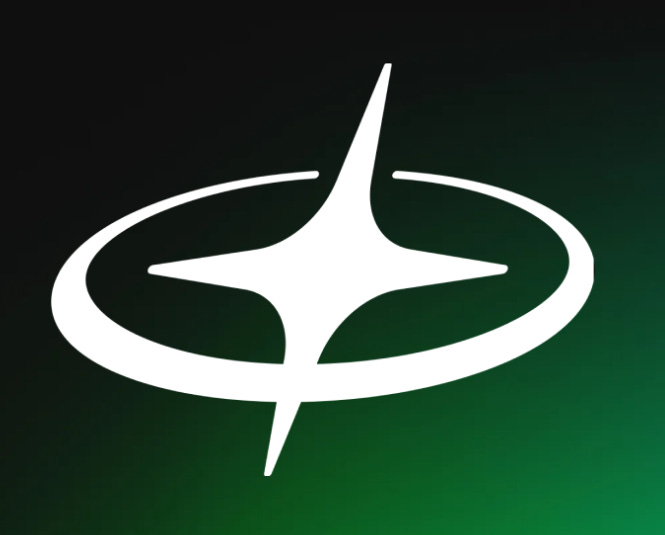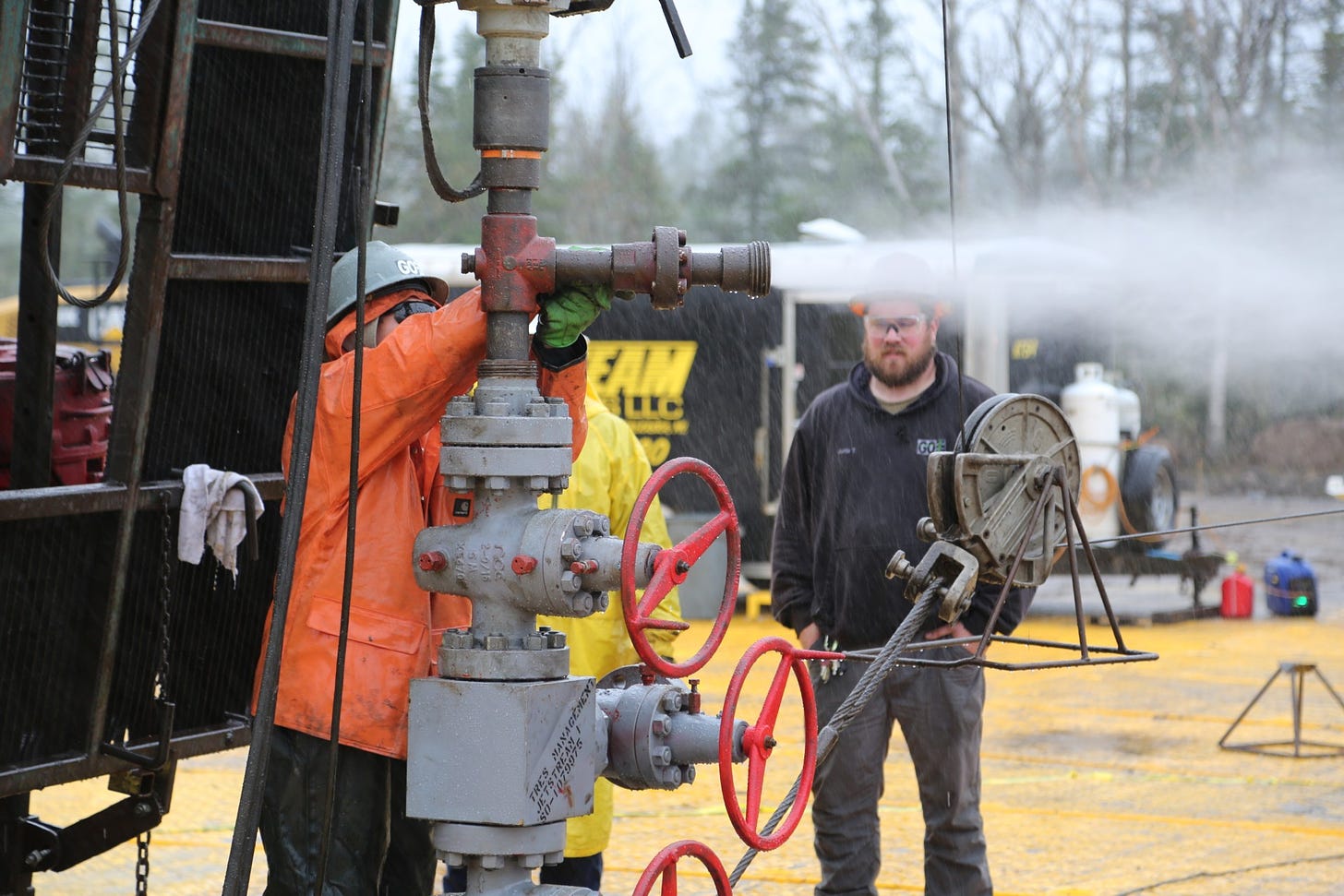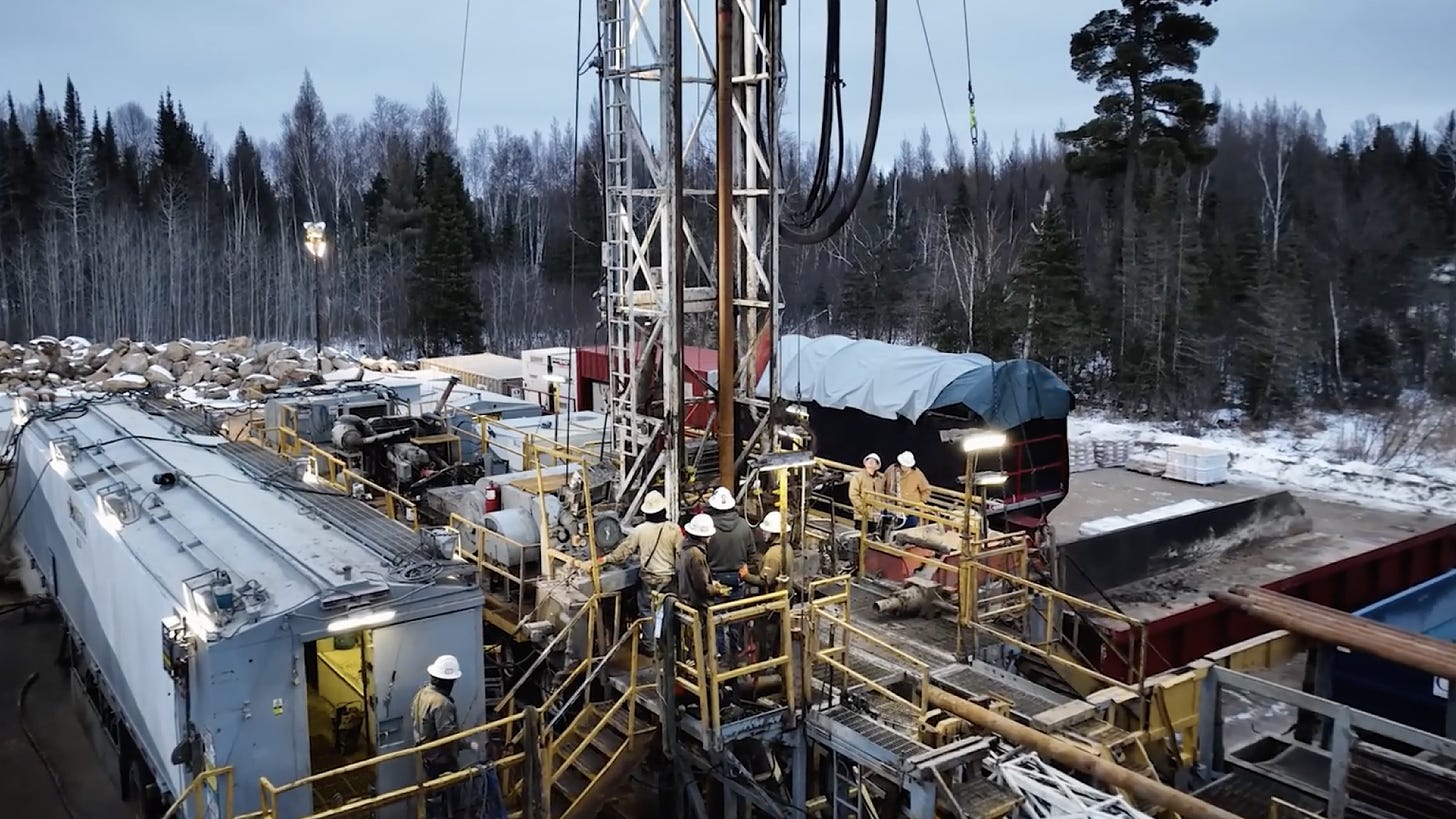Good Morning Everyone.
I wanted to bring you the latest update on Pulsar Helium, and where it goes next.
First up, Pulsar is presenting at the sharesmagazine.co.uk 'Investor Evening' Webinar on Monday 18 Nov 2024 at 6pm (UK time).
You can register for the event here. Attendees will have an opportunity to ask questions via the online chat window during the presentation - which is usally a popular format.
Let’s dive in.
Pulsar Helium Investment Case
The company:
enjoys first mover advantage in two novel helium districts
boasts flagship Topaz, which has been drilled and already flowed the highest helium content in North America (of some 14.5%)
could see carbon dioxide value add at Topaz due to the localised US shortage
owns 100% of the Tunu project in Greenland, one of very few primary helium occurrences in Europe
has highly incentivised management, who own circa 40% of shares
is well capitalised
Financial Strength
Pulsar recently announced a successful fundraising: £3.875 million from new and existing investors, alongside the previously raised £1.125 million pre-IPO cornerstone investment for a total of £5 million.
The 15.5 million new shares were placed at 25p per share (14.1% discount), while OAK and Strand Hanson will between them share over 2 million warrants at the same exercise price.
At launch, the market cap was circa £31.6 million - with President and CEO Thomas Abraham-James commenting:
‘We are extremely pleased with the outcome of the fundraising and our admission to AIM, which represents a significant milestone for the Company. The fundraising itself was oversubscribed by more than 50%, reflecting the strong support and confidence from new and existing shareholders. As the funds raised are sufficient for our near-term work programmes, we decided not to accept the additional funding offered as we felt we didn't want to incur any further dilution ahead of what we expect to be an exciting period for the Company.’
There are three key points to consider here:
The company is fully capitalised to the point they have turned placing money down.
Much of that capital is going to have to buy on market.
If Pulsar needs more capital down the line, it’s waiting for them. Perhaps at a higher future share price, but it’s there.
This all points to a very good start. As a reminder, OAK was also instrumental in bringing Helix to market at an IPO price of 10p and the stock doubled in short order.
The flagship: Topaz
At Topaz in Minnesota, Pulsar controls private mineral rights over 2,089 net acres of prime real estate, and also enjoys an exclusive option for an additional 2,092 net acres.
For context, Hyde Park is circa 350 acres in size.
And the asset is ideally situated next door to some of North America’s largest iron ore mines. Accordingly, there is nearby grid power, and the asset is also close to the Voyageur Highway - only 78 miles from Duluth.
Politically, Topaz enjoys significant support.
The State of Minnesota passed new and very positive helium specific legislation back in May 2024. And in a recent interview (top marks Zak), President and CEO, Thomas Abraham-James, Minnesota Senator Grant Hauschild, and Minnesota Representative Roger Skraba all sat down to chat about their work with the Department of Natural Resources to help expedite the legislative process to help keep Pulsar’s ambitious timeline on track.
Both political representatives voiced strong support for the project.
The Jetstream #1 appraisal well at Topaz was drilled in February 2024, yielding that magical 7.9-14.5% grade - and making it the first helium-dedicated well in the State.
Drilled to 2,220 feet, it remains open at depth with helium and associated gases flowing naturally at a maximum rate of 821 Mcf per day (under well-head compression Bottom hole-pressure of 161 psi (1,110 kpa), flowing tubing head pressure of 26 psi (179 kpa) on a 1” choke).
The drilling only tagged the top of the seismic anomaly, and the plan now is to deepen Jetstream #1 by 500 metres during Q4, and then to appraise the full height of the reservoir. Pulsar expects (as is normal) that both pressure and flow rate will increase with depth.
As a reminder, this is a fractured basement play, with seismics evidencing that the fractures contain helium-rich gas. Once the deeper drill is concluded, Pulsar plans to drill additional step out wells to increase the size of the contingent resource, with an independent Preliminary Economia Assessment (PEA) to be released before the end of the year.
Beyond this, the ultra-high-grade helium concentrations in the well is very good news as higher-concentration deposits require less overall volume of raw gas to be processed for economically viable production.
It’s worth noting that Jetstream #1 by itself has already significantly de-risked the asset. Arguably, the new activities are really designed to analyse and improve the economics of development by increasing the contingent and prospective resources.
Indeed, the recently released Sproule Resource Report states:
‘Chance of Commerciality (Pc) is the likelihood tha the Topaz Project will, in a timely manner, be able to be commercialized. The Topaz project has both commercial concentration helium and CO2 and there are no significant environmental nor logistical barriers to commercialization given its location. Therefore, given the Resource base, the Pc is fairly high for an early stage project with a value of 0.65.’
An updated resource estimate is expected by the end of Q1 2025.
But that’s not all.
Like Helix with its dual helium/hydrogen potential, Pulsar boasts another gas: carbon dioxide. The USA has been dealing with a shortage for some time and the State of Minnesota remains a net importer - carbon dioxide content at Jetstream #1 has been recorded at exceptionally high levels of up to 71.3% - this could add significant value with prices now flirting with the $600 per ton level.
Tunu
Long-time readers will know I am in love with Amaroq and Greenland as a jurisdiction - and Pulsar’s secondary asset Tunu, is based in the country.
This remains one of very few pure play helium projects in Europe. Helium remains on the European Commission’s list of critical raw materials (think grant funding and development expedition).
Independent studies on Tunu showcase decent exploration potential - including helium concentrations up to 0.8% from hot spring sampling.
The asset is close to to the European market, as the gas can be shipped to Denmark within just four days - and covers some 2,816 square kilometres, including an exclusive right to all mineral resources found (except hydrocarbons and radioactive elements).
As anyone following the Amaroq story will know, there’s a good chance they might uncover something more than helium along the way.
Management
Pulsar was co-founded by President and CEO Thomas Abraham-James, alongside Executive Chairman Neil Herbert and Technical Manager Josh Bluett.
Abraham-James is a well-regarded geologist with 17 years of experience specialising in the discovery and development of pure play helium projects across North America, Africa, and Europe. He pioneered several helium exploration methodologies, and also co-founded and led Helium One as its first CEO.
The gent also co-authored ‘The Principles of Helium Exploration.’
Herbert boasts three decades of experience leading and advising companies from start-up through to IPO development, alongside more than $3 billion of M&A activity. He started his career with Antofagasta in the 1990s during its transformation into the one of the world’s largest copper producers.
Bluett is a leading helium development figure, and was also a co-founder of Helium One. He was instrumental in some of the key successes of Armour Energy and is viewed by many as a foremost authority on helium exploration.
On helium
I have spent a year and a day talking the benefits of helium investing - but one further factor to consider is the cryptocurrency connection.
It’s pretty clear that the junior resource sector has lost investors to crypto; but here’s the thing. Cryptocurrency requires semiconductors and high-performance servers and data centres.
You can’t manufacture semiconductors without helium, because you need cold inert gas to protect the process. You can’t run a server or a data centre without the gas either, because you need it to run specialised cooling systems.
And with Bitcoin at record highs, demand for the gas may rise from this sector.
Recent updates
Pulsar recently signed a new drill contract with Capstar Drilling for Topaz, to deepen Jetstream #1 by the planned 500m, with the option to drill an additional two step out wells using the contractor’s 6000 Elenburg Manufacturing trailer-mounted drilling rig.
All necessary permits to deepen Jetstream #1 have been obtained, with site improvements and preparation now underway.
Abraham-James enthused that:
‘The signing of the Capstar Drilling contract is a further step forward as we look to commercialise the high-grade Topaz helium project in Minnesota. We anticipate that deepening the Jetstream #1 well will further validate the economics of the Project and confirm the reservoir's district-scale potential, thus underpinning Topaz as North America's leading helium and CO resource. These are exciting times for Pulsar particularly as mineral security and 'safe jurisdiction resource development' increasingly shape investor decision making. We are receiving strong support across the political spectrum in Minnesota who recognise the statewide benefits of bringing Topaz on stream.’
It’s worth noting both that Capstar was the contractor which drilled Jetstream #1 back in February, and further that, a gas chromatograph and mass spectrometer will be on location to provide real-time gas composition measurements during the drilling.
And most recently:
Pulsar has completed critical site improvements at Topaz, positioning the company to advance its helium exploration and production strategy.
Recent upgrades include enhanced site access, roadway improvements, and a fully prepared drill pad setup, paving the way for further exploration at Topaz.
Roadway enhancements were completed to support all-weather, year-round access, allowing operational traffic to continue despite seasonal weather challenges
Additional access improvements are scheduled for late November to handle higher traffic levels during the upcoming winter operational period.
The Jetstream #1 drill pad is fully prepared to receive the drilling rig and ancillary equipment, which is expected to arrive on site during the first week of December.
Pulsar plans to deepen the Jetstream #1 well based on new geophysical data, which has revealed additional deeper targets with high-grade helium potential
With all necessary permits for the Jetstream #1 well deepening now in place, Pulsar is on track to begin drilling operations this quarter.
Abraham-James noted:
‘Deepening Jetstream #1 is an exciting step forward for Pulsar. Our team has worked tirelessly to progress operations at Topaz, so we can fully understand its scale. Only one well has been drilled within the prospect, which has not yet met target depth, but has owed concentrations that are considered very high by global standards, significantly surpassing the commonly accepted economic viability threshold. During the deeper drilling phase, we hope to build on this, and unlock a helium resource of size and quality, to advance our goal to become a premier helium supplier. This next drilling phase offers an unprecedented opportunity to unlock the district-scale opportunity offered by Topaz. We've seen other projects achieve significant gains in resource size and ow rates through similar deepening efforts, and combined with our data, and our existing high concentration credentials, we believe Jetstream #1 can stand as a top-tier helium production site worldwide.’
The bottom line
Pulsar boasts the highest-grade helium discovery on the international markets, and enjoys first mover advantage in two new helium districts. The company has a defined development plan, and is managed with proven experience through years of helium exploration.
And drilling kicks off next month.







